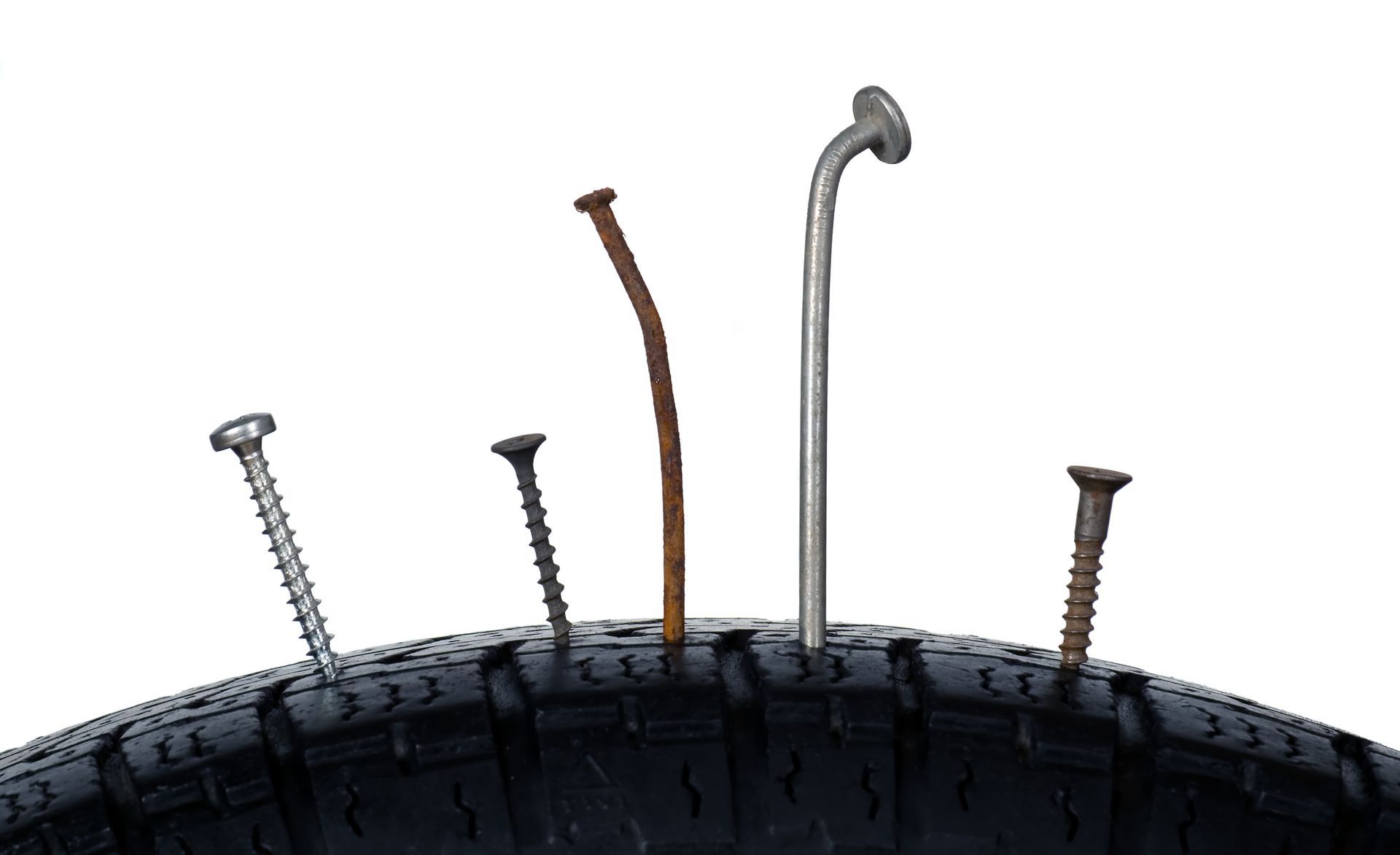Loading ...
Missing business hours data / Error occurred while getting the data.
Loading ...
Missing business hours data / Error occurred while getting the data.
Our Jacksonville Locations:
Loading ...
Missing business hours data / Error occurred while getting the data.
Loading ...
Missing business hours data / Error occurred while getting the data.
How to Read the Numbers on Your Tires
January 31, 2025
Your car’s tires are more than just rubber that keeps you moving—they’re packed with important information. The numbers and letters printed on the sidewalls of your tires might seem like a confusing jumble at first, but they actually tell you everything you need to know about the tire’s size, performance, and safety specifications. Knowing how to read these numbers can help you choose the right tires, maintain proper safety standards, and even improve your vehicle’s performance.
Knowing What Tire Numbers Mean
Every driver should understand the basics of their tires. The numbers and letters printed on them provide key details about the tire’s size, load capacity, and speed rating. This knowledge helps ensure that you’re using the correct tires for your vehicle and driving conditions. Whether you’re shopping for new tires or checking the current ones for wear and tear, understanding these markings ensures your car operates efficiently and safely.
For drivers in Jacksonville, FL, where temperatures can get high and sudden rain is common, selecting the right tires is important. Tires designed for specific weather conditions or road types can make a significant difference in your vehicle’s handling and overall safety.
Breaking Down the Numbers on Your Tires
Let’s start with a common example of tire markings: P215/45R17 96H. Each part of this sequence has a specific meaning.
- P: This letter indicates the type of tire. “P” stands for passenger vehicle, while “LT” would indicate light truck tires.
- 215: This number represents the tire’s width in millimeters, measured from one sidewall to the other. A wider tire provides better grip, but it may also affect fuel efficiency.
- 45: This number is the aspect ratio, which indicates the height of the sidewall as a percentage of the tire’s width. In this case, the sidewall height is 65% of the tire’s width.
- R: The “R” stands for radial construction, which is the most common type of tire construction today.
- 17: This is the diameter of the wheel in inches that the tire is designed to fit.
- 96: This number indicates the tire’s load index, which is the maximum weight the tire can safely support.
- H: This represents the speed rating, which tells you the maximum speed the tire can handle safely under optimal conditions.
Load Index and Speed Ratings
The load index and speed rating are often overlooked but are critical for your safety and your car’s performance. The load index tells you how much weight each tire can handle. Exceeding this limit can cause the tire to wear out faster or even lead to a blowout.
The speed rating, on the other hand, indicates the maximum speed the tire can sustain without compromising safety. For instance, an “H” rating means the tire can handle speeds up to 130 mph. Choosing the correct speed rating for your driving habits is essential for optimal handling and braking performance.
Tire Manufacturing Date and Wear Indicators
Another important set of numbers on your tires is the manufacturing date. You’ll find this in the form of a four-digit code, such as 4121, where the first two digits represent the week of the year, and the last two digits represent the year. In this example, the tire was manufactured in the 41st week of 2021.
Tires have a lifespan, and even if they appear to be in good condition, older tires can degrade internally. Most manufacturers recommend replacing tires that are more than six years old, regardless of tread condition.
Modern tires are equipped with tread wear indicators—raised bars within the tread grooves. When these bars become flush with the surrounding tread, it’s time to replace the tires.
Ensure your car is equipped with the right tires for optimal safety and performance. Visit Bargain Tires in Jacksonville, FL, for expert tire services and personalized advice. Call us today to schedule your appointment!
Our Locations
Loading ...
Missing business hours data / Error occurred while getting the data.
Loading ...
Missing business hours data / Error occurred while getting the data.
Our Locations:
Loading ...
Missing business hours data / Error occurred while getting the data.
Loading ...
Missing business hours data / Error occurred while getting the data.
Having trouble finding us?
Loading ...
Missing nap lines data / Error occured while getting the data.






